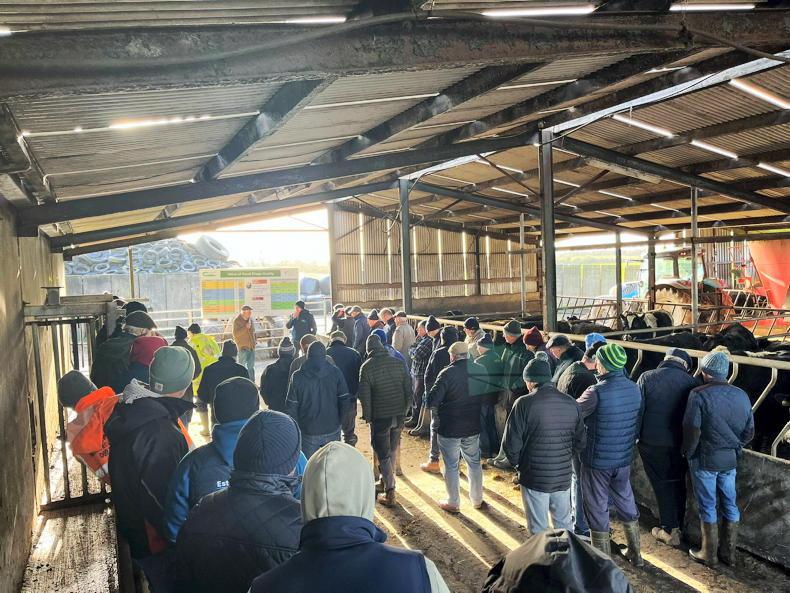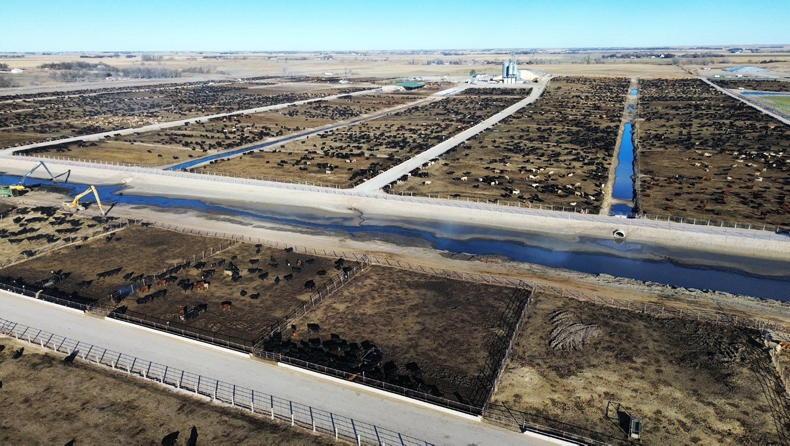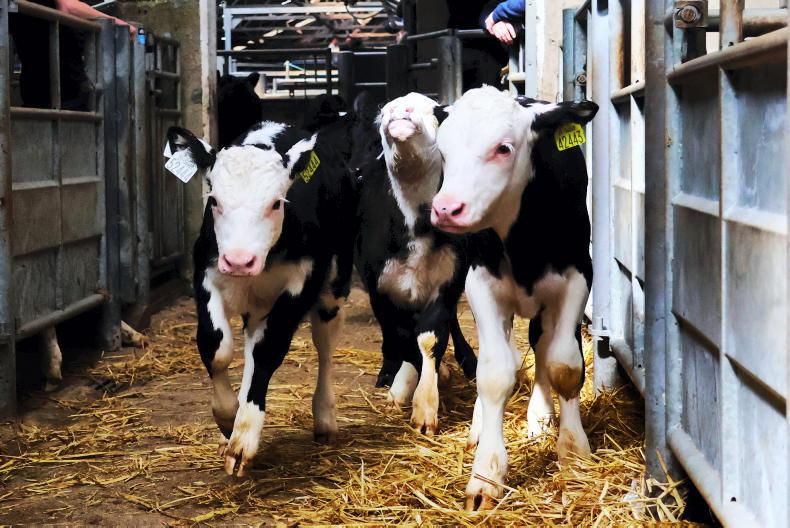The last decade has brought about massive changes in our national kill profile. As dairy cow numbers have increased, so too has the number of animals of dairy origin being slaughtered. This has been coupled with a reduction in suckler cow numbers and, in turn, a reduction in the number of animals of suckler herd origin being slaughtered.
In 2011, 47% of the national kill was of dairy origin while 53% of cattle killed that year originated from the suckler herd.
Fast forward to 2020 and this profile has changed to 57% coming from the dairy herd and 43% coming from the suckler herd. This has presented challenges for our beef finishing sector.
From 2013, dairy farmers – in preparation for a rapid expansion phase – have been concerned with breeding cows to produce more profitable cows
On the suckler side, our indexes are predominantly concerned with beef traits, so in effect beef farmers are in control of their own destiny on the genetics side of things.
On the dairy side of the house, this isn’t the case. From 2013, dairy farmers – in preparation for a rapid expansion phase – have been concerned with breeding cows to produce more profitable cows. This meant a smaller cow with higher milk solids. Some might say, how could you blame them, it’s the right thing for them to do. Beef isn’t their business and why should they be concerned about it? However, when it came to picking beef stock bulls or AI beef bulls for their herd they focused on easy-calving and short gestation, again forfeiting beef traits in the selection criteria.
Reducing the beef attributes in dairy cows has meant carcase weight has been very slow to improve
Smaller cows breeding smaller calves may be good for the dairy industry but it isn’t good for the beef industry. Reducing the beef attributes in dairy cows has meant carcase weight has been very slow to improve and, in many cases, we have seen reduced conformation over the last 10 years.
With the beef merit of dairy cows continuing to head in a negative direction, there is a risk that trying to improve the beef traits of dairy progeny will be just running to a standstill with any increases in beef merit eroded by reductions on the cow side.
National data
Table 1 outlines the national data of dairy-beef animals being slaughtered in 2011 v 2020 and the changes that have occurred over that time.
The number of under 30-month bullocks from the dairy herd has more than doubled from 144,311 in 2011 to 310,244 in 2020.
During this time, Aberdeen Angus and Hereford sired progeny have seen the largest increase in slaughter numbers with an extra 53,575 Angus bullocks slaughtered in 2020 compared to 2011 and an extra 45,215 Herefords slaughtered. Friesian bullocks saw the largest increase in slaughter numbers with an extra 54,950 Friesian bullocks slaughtered in 2020 compared to 2011.
While numbers are small Charolais, Belgian Blue and Limousin bullocks saw the biggest carcase weight increase in the last 10 years. However, both Limousin and Belgian Blue haven’t reduced days to slaughter. The biggest improvement in days to slaughter has been from the Aberdeen Angus and Hereford breeds.
Aberdeen Angus bullocks from the dairy herd were slaughtered 20 days earlier in 2020 compared to 2011. Hereford bullocks from the dairy herd were slaughtered 15 days earlier, on average. All breeds have seen reduced conformation over the last 10 years with Aberdeen Angus, Hereford, Simmental and Friesian bullocks seeing the biggest drop. The majority of breeds are sitting in the O=/O+ category with the exception of Friesians coming in at O- and Belgian Blues coming in at R-. Carcase fat hasn’t changed with a small increase in carcase fat scores.
Conformation is displayed in a 0 to 15 point scale where 0 is equal to P- and 15 is equal to E+.
The majority of dairy-beef animals are O grade carcases.
The dairy-beef index was launched in 2018 to counteract some of the reduced carcase conformation and weight that was seen in the national kill statistics.
The dairy industry, along with Teagasc, has embraced the need for change and has put its shoulder to the wheel to encourage dairy farmers to use better bulls.
While some progress has been made, a lot more is needed. If we look at the most popular AI beef bull used on dairy cows in 2020 with 16,859 inseminations, he’s coming in at -2.2kg for carcase weight.
He’s the easiest calving bull in the top 25 list of DBI bulls used on the dairy herd in 2020.
For very small increases in calving difficulty there are bulls that will deliver +10kg of carcase weight but we haven’t been able to convince dairy farmers of the merits of these bulls.
With calf exports coming under increasing pressure, more conversations need to be taking place between dairy and beef farmers on how they can work together better.
Breeding calves which will take away carcase weight from an already miniscule beef value in the dairy cow is not the way forward. If both industries are to work together, the dairy-beef index is central to forging that relationship and should be used on dairy farms to breed more profitable calves for the beef farmer.










SHARING OPTIONS